Here Are 5 of Mexico's Most Dangerous Roads And Highways
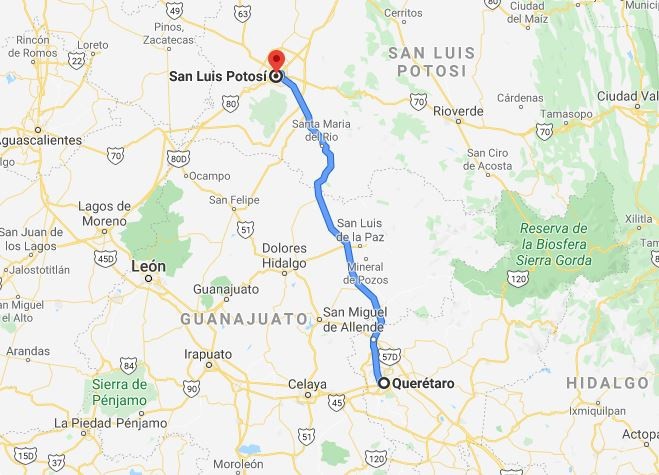
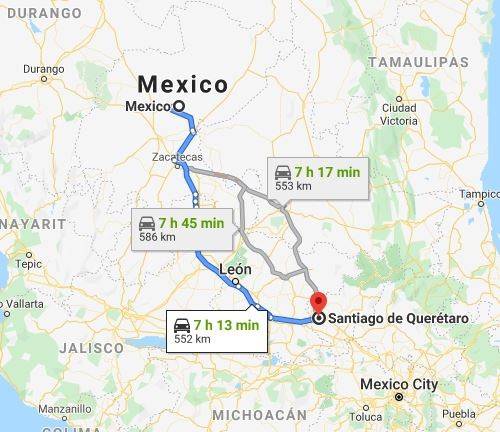
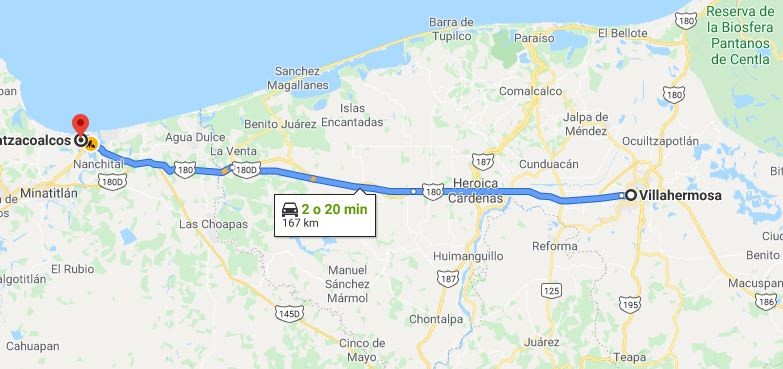
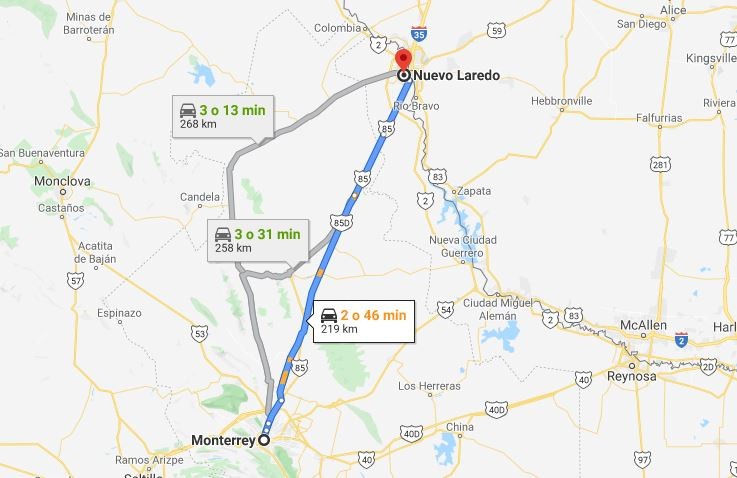
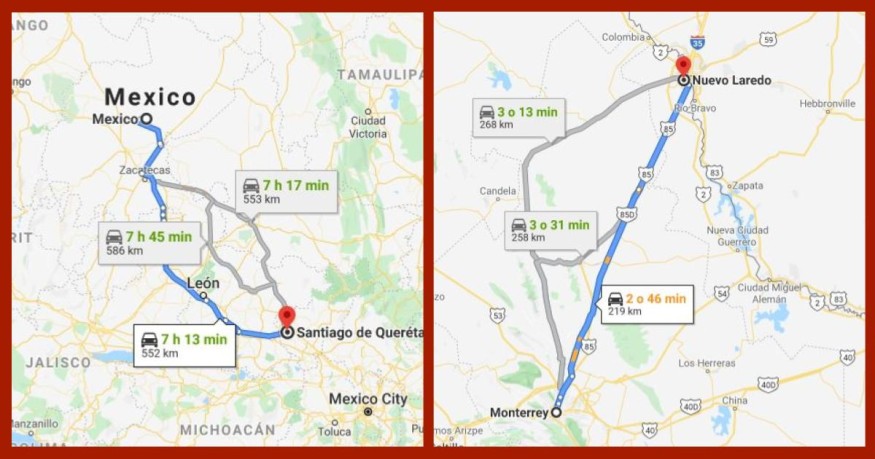
According to a 2018 report by the World Health Organization, 40 people are killed in road traffic crashes in Mexico every day. Its streets are the 7th deadliest in the world, claiming the lives of pedestrians, cyclists, and motorcyclists, which account for more than a third of all fatalities. Additionally, road accidents are the leading cause of death in Mexico among people between the ages of five and 35, making the country's roads dangerous to its people.
How dangerous are Mexico's roads and highways?
An article attributes the statistics to Mexico's dangerously low level of safety regulations and monitoring systems. Right now, there is no system or database that records a driver's accident history and speeding violations, or standardized driver's license tests at the national level.
Across Mexico, several routes recorded the highest number of accidents and mishaps, according to the 2019 Federal Highway Accident Statistical Yearbook.
Here are México's five deadliest roads and highways:
Monterrey-Nuevo Laredo
This stretch of road links the capital of Nuevo Leon with the most important border city of the state of Tamaulipas in northern Mexico. In 2019, 150 accidents were recorded on this road. What makes it up in the list of Mexico's most dangerous roads is the presence of criminal groups that extort money from those who traveled on this route, according to the Federal Police.
Check these out!
- Mexico City Launches App That Helps You Locate the Nearest Hospital, Check Out Other Features Here!
- No One Can Stop Drug Cartels From Giving Aid, Not Even AMLO
- Bank Of Mexico Releases New 20-Peso Coin
Coatzacoalcos - Villahermosa
This dangerous highway, which stretches 166 kilometers in total length, unites two important port states in the southeast of Mexico, Veracruz and Tabasco. However, it had also been the scene of 222 accidents last year, and it was where 21 people lost their lives, and 61 individuals were injured, all as a consequence of these mishaps that occurred.
Mexico-Queretaro
The road registers the highest number of accidents at the national level is the Mexico-Queretaro, with 257 quantified crashes in one year. Additionally, in its length of 185.2 kilometers, through which about 67,997 vehicles move annually, it also registered the highest number of robberies with 2,098 episodes in 2019, making it one of the most dangerous roads to traverse in Mexico.
Querétaro-San Luis Potosí
Mexico's second most dangerous place is this highway, where, last April 2, a tragic accident was registered at kilometer 35, at the height of the community Ojo de Agua. This recent event involved two trailers, a passenger bus and a private vehicle. Last year, 36,016 vehicles traveled along its 187.7 kilometers, and 271 accidents were recorded.
Puebla-Córodba
This 173.2 kilometers-long dangerous section in Mexico has an average of 27,608 cars circulate annually. Here is where the highest number of collisions occurred, registering 347 impacts with 182 victims and 41 deaths, with material damages of over 2.5 million dollars.
Safer streets for Mexicans
Different organizations have been waging a battle against Mexico's dangerous roads. Thanks to Jonadab Martinez, a pedestrian activist who is now one of the elected Federal Deputies, and other groups who fought to pass a first-of-its-kind national street safety legislation. Late last year, the Senate approved the implementation of the General Law of Mobility and Road Safety, which aims to prioritize the well-being of society by improving mobility as well as reduce the danger brought by Mexico's roads and highways.
The national road safety law aims to bring responsibility to all levels of government from the top-down. It would be able to reduce danger levels in Mexico's roads by creating a policy framework for making road safety a priority throughout the country. The recently-passed law is made up of 69 articles that beef up traffic enforcement, drunk-driving penalties, and vehicle insurance. It also focuses on improving infrastructure, implementing national audits to evaluate the stages of planning, construction, and operation of public transit.
With its implementation, Mexicans could hope for less dangerous roads and highways that help reduce accidents and loss of lives.
Subscribe to Latin Post!
Sign up for our free newsletter for the Latest coverage!
© 2025 Latin Post. All rights reserved. Do not reproduce without permission.















